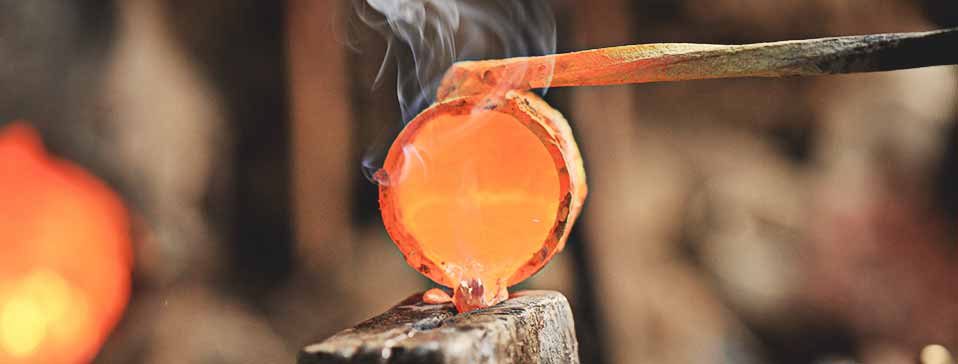6 Opportunities to Consider in 2015: Part I
1. Share your story
Storytelling is a supremely powerful form of engaging audiences- especially when it comes to creative enterprises. The process of designing and creating is one most consumers find fascinating- precisely because as creators, we don’t often let outsiders into our world. Yet this is where the magic happens.
In his article ‘Telling Your Artist Story’, visual artist Brennen McElhaney suggests that people interested in your product will be equally interested in you- your personality, your motivations, your studio space and your creative process.
Rain Africa, a bath and body brand from South Africa, SoleRebels from Ethiopia and Tintsaba from Swaziland are examples of enterprises that consistently weave powerful narratives into their products, in the process making them unforgettable.
Take the time to consolidate anecdotes about your journey, your values and your promise into a story. It is what remains in their hearts and minds long after the product is gone.
2. Tag it luxury
Despite the rapid growth of a contemporary, sophisticated genre of craft, few products can claim to be luxury.
Too often, established and emerging designers find comfort [and excuse] in the average and ordinary. A broad, homogenous swathe, average and ordinary imposes no demands for excellence, exemplary, extraordinary… the very place luxury resides and where opportunity lies.
So what does it take to create a luxury brand? Dr. Klaus Heine, lecturer in luxury marketing and brand management, lists six characteristics of luxury brands.
a] Price – products should sell at a premium with little or no room for negotiation
b] Quality – absolute perfectionism in workmanship
c] Aesthetics – products should be polysensual; and therefore not only be beautiful to look at, but also pleasant to hear, smell, taste and touch
d] Rarity – should be exclusive in its production and [non] availability
e] An Extra-ordinariness that results from a different design or construction principle
f] Symbolism – products need to comply with the worldview and taste of the upper class, thereby possessing a high level of prestige
Accessory brands Zanaa from Uganda, Okapi from South Africa and Heel the World from Ghana have taken the bold step of claiming the luxury tag. There is room for many more.
3. Intellectual Property
If you are an entrepreneur within Kenya’s creative sector, you will no doubt remember an incident that came in the form of designer Penny Winter’s demand to Amani Craft to cease and desist infringement of copyright and passing-off activities in production, marketing, sale or distribution of a specific jewellery line. It was an incident that was to serve as a wake-up call to designers: protect your intellectual property at the earliest opportunity.
By definition, intellectual property or IP refers to creations of the mind: inventions, literary and artistic works; symbols, names and images used in commerce. IP is divided into 2 categories: Industrial Property [includes patents for inventions, trademarks and industrial designs] and copyright [which covers literary, films, music, artistic works as well as architectural design].
Why is intellectual property protection an opportunity?
Because it is the best protective mechanism against imitation.
The fear of copycats is real and tangible for many designers; it not only takes away from the innovation process, but also denies due recognition and accruing benefits to the creator.
By registering your artistic works, name and symbols for protection, you create an environment where creative genius is rewarded, while supporting innovation within the sector.
In 2005, the World Intellectual Property Organization [WIPO] published a free downloadable guide on ‘Marketing Crafts and Visual arts: The Role of Intellectual Property’. It makes for essential reading because it details the why, when, where and how of intellectual property and how to use it in successful marketing.
At the same time, the Kenya Copyright Board offers free legal advice on intellectual property rights.
In the next installment, we shall focus on opportunities in domestic markets, ICTs and African design.
[For image copyright: Click on image to individual website].





